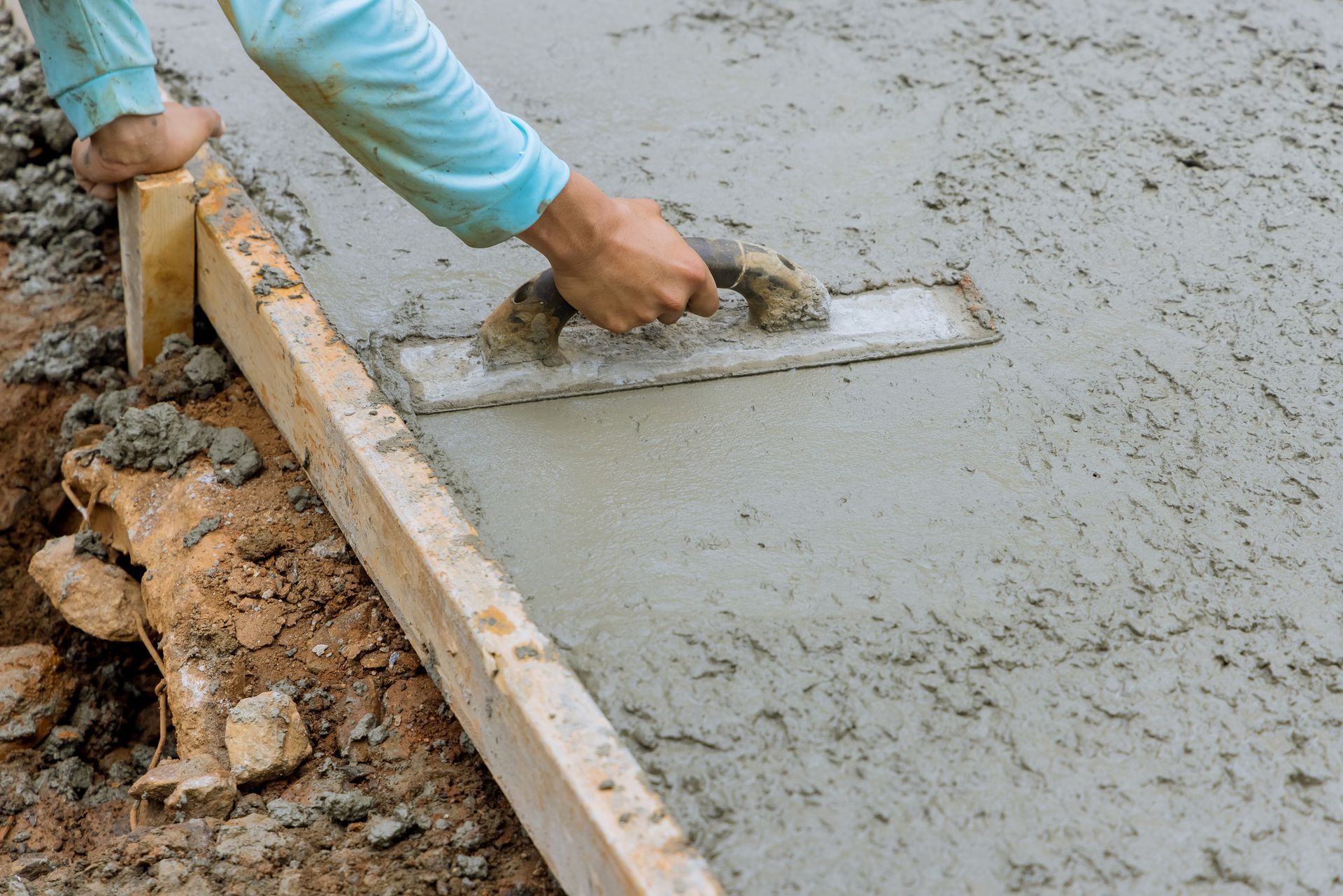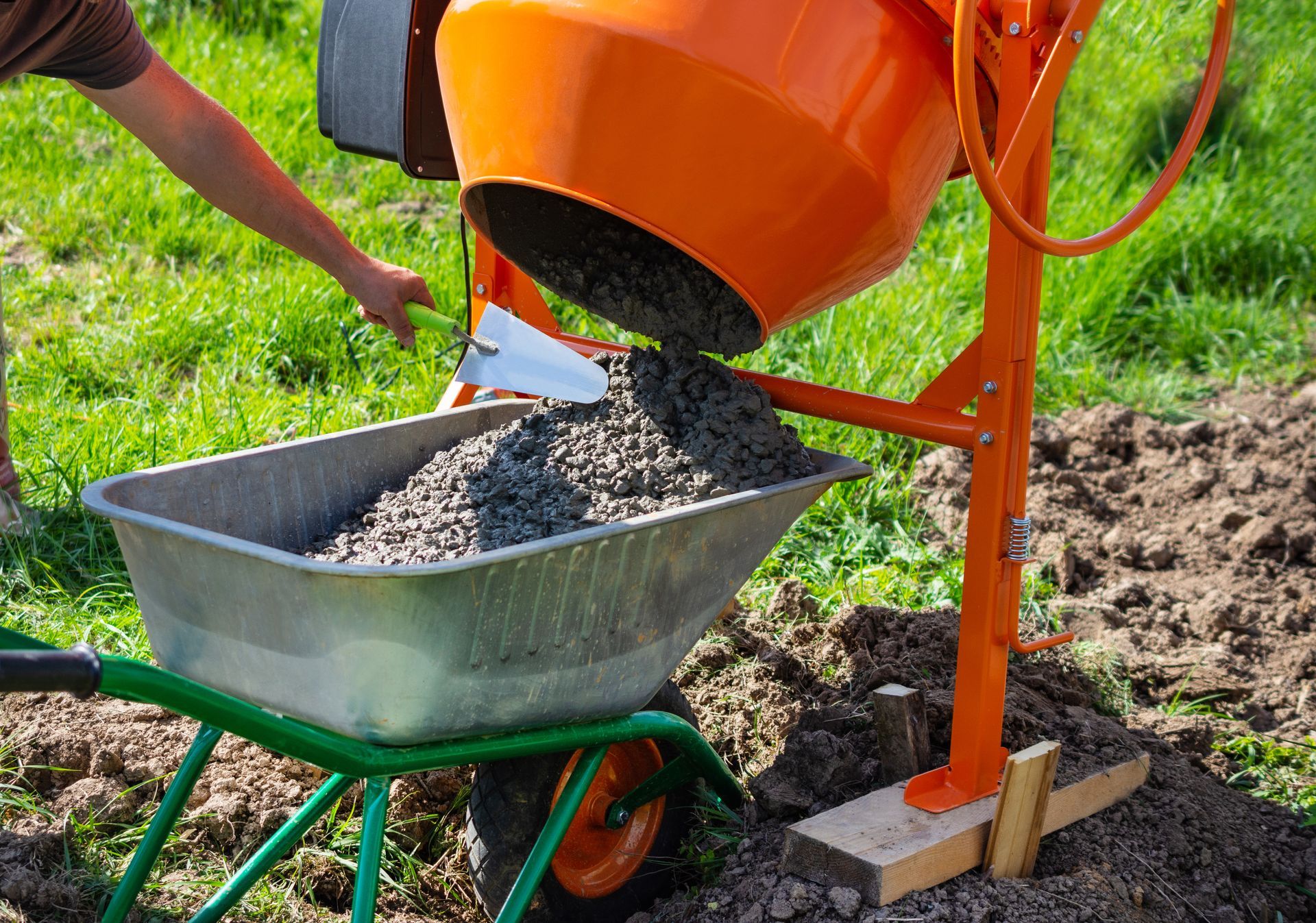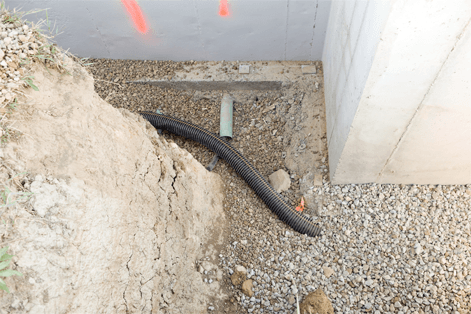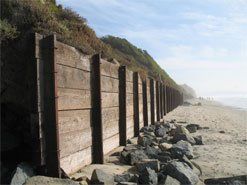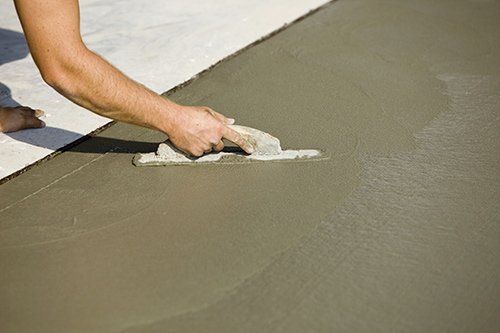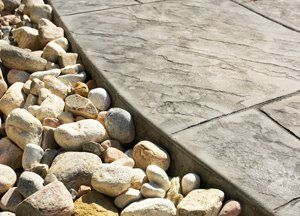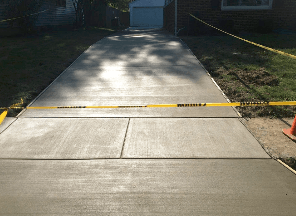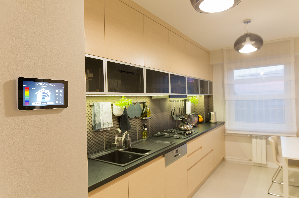WHAT YOU SHOULD KNOW ABOUT CONTRACTION JOINTS IN CONCRETE AND WHY THEY MATTER
Southport Concrete Corp. • July 20, 2018
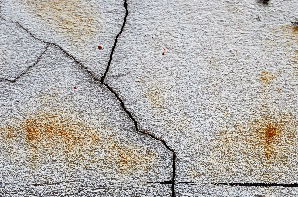
Concrete is an ideal construction material for countless numbers of applications due to the substance’s strength, reasonable cost, and ease of installation. Paving surfaces is one of the many uses for this flexible medium. However, concrete is prone to crack, and it is normal for even the best-laid concrete surface to develop hairline crevices.
While these tiny cracks are often insignificant, they are unsightly and detract from the overall appearance of the paved surface. You can preventing these cracks by installing contraction joints; below is more information about these important features and their installation.
WHY CONCRETE CRACKS OCCUR
As concrete cures, it will naturally contract and cause the formation of small cracks that align themselves randomly across the concrete. These tiny cracks are not initially capable of breaking the pavement apart, but, over time, moisture intrusion can lead to expansion of smaller fissures.
There are additional causes of concrete cracking, but those are more often caused by problems with the concrete mix recipe and improper finishing techniques.
HOW CONCRETE CRACKING CAN BE CONTROLLED OR SLOWED
It is common for contraction joints to be implemented as standard crack-prevention devices when pouring a concrete surface. Contraction joints are simply stops that penetrate a portion of concrete from the top-down. They work by serving as built-in weak spots that permit the concrete to crack in a controlled fashion.
Instead of a meandering tapestry of cracks appearing across the surface of the concrete, contraction joints hide the cracking along the bottoms and sides of the designated gaps. This provides cosmetic and structural advantages as opposed to permitting uncontrolled cracking to occur.
When adding a contraction joint, a crew needs to heed certain requirements to ensure the installation is done correctly. For example, contraction joints should be installed in such a way that permits each individual concrete surface to be square or as close to square as possible.
Another important consideration is to make sure the depth of contraction joints is no less than 25% of the total depth of the poured slab of concrete. If the pour is too shallow, the random cracking will not be influenced by the contraction joints.
Another best practice to follow when installing contraction joints is to place them as soon as possible after concrete installation or during the process itself. This can be accomplished by using saws, forms and other tools to create the joints. However, if too much time elapses between pouring and usage, the process of cracking will have already begun and contraction joint installation will serve no purpose.
WHAT OTHER JOINT TYPES EXIST
Though contraction joints are among the most common types of joints, keep in mind that concrete installers will often use other joint configurations. Some of these include:
- Decorative joints - These joints, as their name would indicate, provide visual cues that separate pieces of concrete for aesthetic reasons. Intricate shapes or patterns can be formed using decorative joints in concrete.
- Isolation joints - These joints cushion the concrete from whatever it may otherwise touch. In order to provide a clean separation from other adjacent structures, isolation joints are installed.
- Construction joints - These joints are installed whenever concrete is built in segments and permit the adjoining sections to successfully meet. Construction joints can use cushioning material as well as buried structural components
When considering the type of joints that you might need for your concrete project, be sure to consult with a qualified expert. The proper use of concrete joints be very beneficial, but the misuse of these devices can have negative consequences such as weak, broken concrete slabs, or aesthetic deformities.
